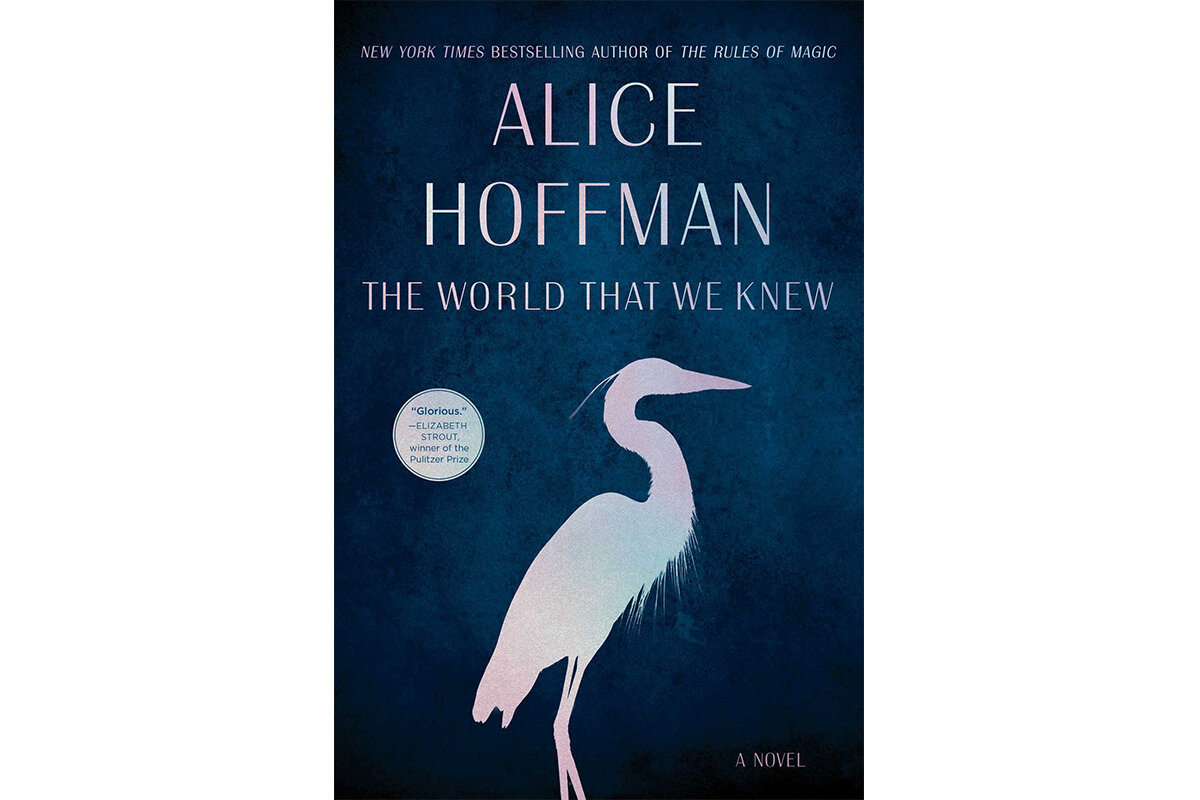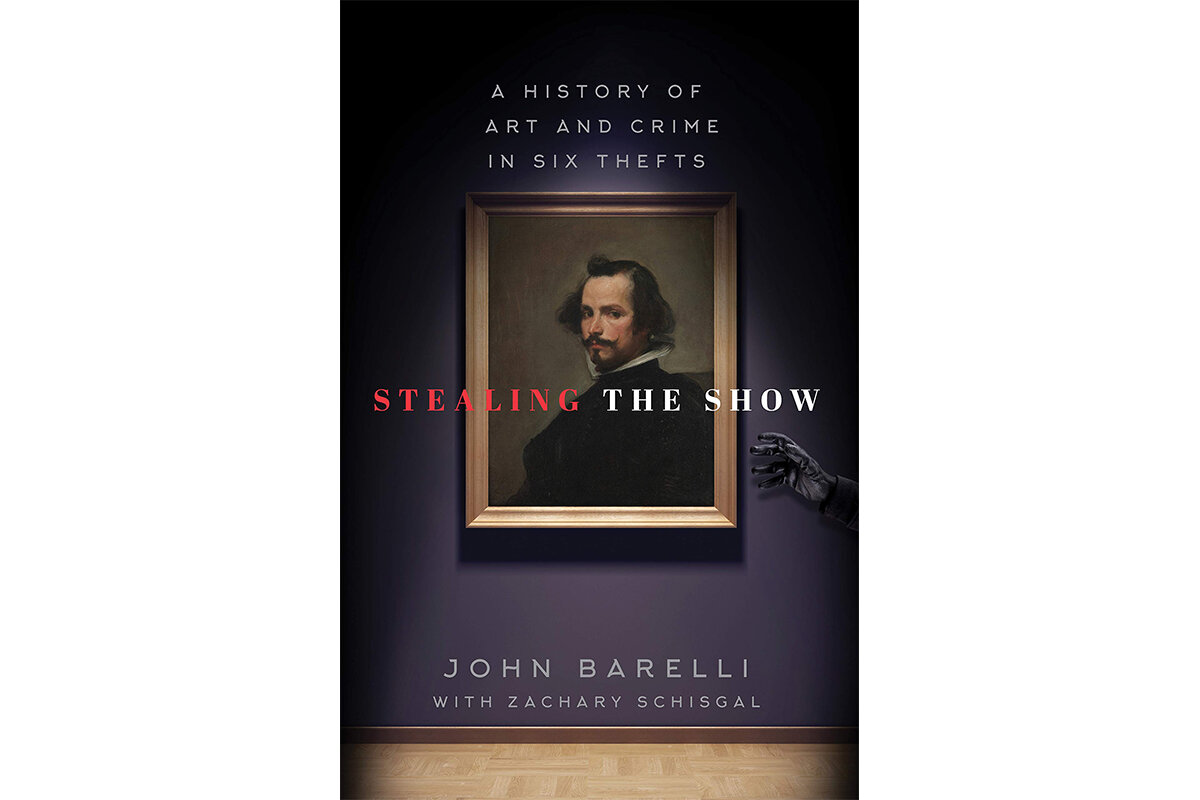Take your mind back to school with the 10 best books of September
Loading...
This month's books are a feast for the intellect, including a highly anticipated fiction debut, a remarkable novel by a Zimbabwean writer, as well as the second compelling memoir by a former ambassador to the United Nations. Class is in session!
1. A Door in the Earth by Amy Waldman
Amy Waldman sets her novel in an Afghan village where an idealistic young Afghan American woman, inspired by the work of a celebrity humanitarian, decides to visit. The book is both a coming-of-age story and incisive exploration of the U.S. involvement in Afghanistan.
2. The Water Dancer by Ta-Nehisi Coates
Journalist Ta-Nehesi Coates brings his remarkable talent to his first novel, as he tells the story of Hiram Walker, a brilliant boy who seems to possess magical gifts. Born into slavery in 19th-century Virginia, Hiram survives a near drowning, an experience that emboldens him to try to gain his freedom. Using a whisper instead of a shout, Coates brings to life the experiences of those who were enslaved.
3. Out of Darkness, Shining Light by Petina Gappah
Petina Gappah’s work of historical fiction delves into the story of two African servants of famed 19th-century explorer David Livingstone. After Livingstone’s death, the pair are among those who transport his body, and his notes, 1,000 miles to ensure the body’s safe return to England. The novel glows with the insightful voices of the two servants and the strength of their devotion.
4. Red at the Bone by Jacqueline Woodson
Jacqueline Woodson exquisitely examines the (dis)connections of a Brooklyn family, tenuously held together by Melody, whose coming-of-age ceremony is just beginning in her grandparents’ brownstone. Through 21 spare, dazzling chapters, Woodson reveals the past and present, and hints at the futures of Melody, her family, and friends.
5. The World That We Knew by Alice Hoffman
Into the recognizable form of a Holocaust novel Alice Hoffman injects magical realism in the form of a golem, conjured from sacred Hebrew words. The golem, a monster in the guise of a woman, is entrusted with the safety of a young Jewish girl. Hoffman delivers a lyrical novel that underscores what makes us human and calls out how we deny humanity in others.
6. Akin by Emma Donoghue
Noah Selvaggio is a set-in-his-ways retired chemistry professor. The last thing he needs is a call from social services asking him to temporarily foster his little-known, pugnacious, 11-year-old grandnephew, whose mother is in prison. A captivating tour of the French town of Nice follows, as they piece together a World War II-era family mystery.
7. Stealing the Show by John Barelli
New York’s Metropolitan Museum of Art has been the scene of blockbuster exhibitions as well as fashion galas ... and, unfortunately, art thefts. John Barelli, the Met’s retired chief security officer, shares 40 years of insights into how the thefts occurred and how (most of) the art has been recovered. It’s an eye-opener into the inner workings of one of the world’s finest art museums.
8. Sontag: Her Life and Work by Benjamin Moser
This gripping biography of the iconic writer, intellectual, and social commentator is the first one to draw from Susan Sontag’s extensive private archives. It is fleshed out with dozens of interviews that combine to create a complex and challenging picture of her thought and legacy, as well as a reappraisal of her many works.
9. Condé Nast: The Man and His Empire by Susan Ronald
A groundbreaking new biography captures the impresario behind the publishing empire that includes Vanity Fair and Vogue. This big, glittering book provides a full and human portrait of Condé Nast. Lively, detailed descriptions of the early decades of the 20th century complete the setting of Nast’s life story.
10. The Education of an Idealist by Samantha Power
Samantha Power was one of President Barack Obama’s ambassadors to the United Nations and won the 2003 Pulitzer Prize for “A Problem From Hell.” In this memoir, she traces her life from her early years as an Irish immigrant all the way to the White House.







